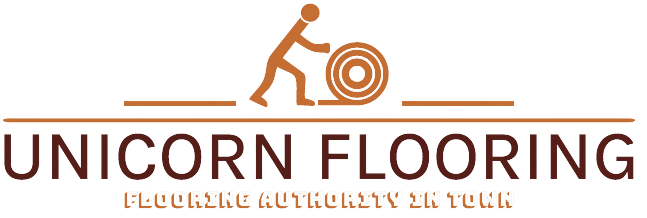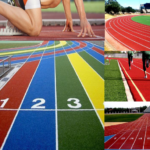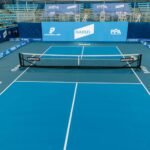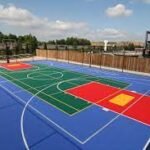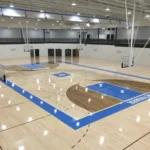Sports Flooring
Sports flooring is essential for giving athletes a stable and secure surface on which to compete at their peak. The selection of flooring material is crucial to guaranteeing optimal performance, injury avoidance, and long-term durability, whether it is a professional sports arena, community gym, or school multipurpose hall. Sports flooring is created to fulfil the special requirements of various sports and fitness activities and offers a number of advantages that are tailored to the needs of both athletes and facility managers.
Features of Sports Flooring
Performance
Performance is one of the main factors in sports flooring. For the particular sport or activity, the surface must be created to offer the ideal level of traction, shock absorption, and ball reaction. For instance, basketball courts need surfaces that provide exceptional ball bounce and foot grip, but indoor running tracks demand a surface that is sturdy and low-impact. Athletes can concentrate on their skills while maintaining safety if the flooring optimises performance, reduces tiredness, and facilitates fast movements.Safety
Another crucial component of sports flooring is safety. Athletes participate in intense sports that demand quick movements, leaps, and falls. To reduce the risk of impact-related injuries such joint strain or stress fractures, the flooring material must provide enough shock absorption. Additionally, it must offer enough grip to prevent falls, especially in games like indoor football or tennis where quick stops or direction changes are required.Versatality
Another significant benefit of sports flooring is its adaptability. Many sports venues host many activities and events while serving numerous functions. A flexible flooring solution that can accommodate different equipment and layouts enables smooth transitions between sports. Weightlifting or exercise equipment should not be able to strain it to the point where performance or safety are jeopardised. For facilities with a variety of programming needs, the flooring’s adaptability to various sports and activities makes it a cost-effective alternative.
Durable and Low Maintenance
Additionally, sports flooring needs to be long-lasting and low-maintenance. Sports facilities frequently see considerable traffic, large equipment, and continuous wear and tear. To preserve its beauty and functionality over time, the flooring material should be resistant to stains, scratches, and other damage. The surface must be simple to clean and maintain in order to be hygienic and in excellent shape, especially in areas where spills and perspiration are common occurrences. A resilient and easy-to-maintain flooring system reduces downtime for repairs and replacements, enabling facilities to make the most of their investment and utilisation.
Environmental Conditions
Additionally, the importance of environmental factors in sports flooring has grown. Many firms provide environmentally friendly products made of sustainable materials, like recycled materials or renewable resources. These sustainable flooring options are in line with the principles of green initiatives and sustainable practises in addition to helping to reduce the carbon footprint.
Conclusion
The performance, safety, and overall experience of athletes are all supported by sports flooring. The selection of flooring material must fulfil individual sport requirements while providing durability, safety, versatility, and minimal maintenance, whether it is for professional sports arenas or leisure facilities. Facility managers can nurture athletic greatness, lower the risk of injuries, and provide a durable and dependable surface for sports and fitness activities by choosing the right sports flooring.
